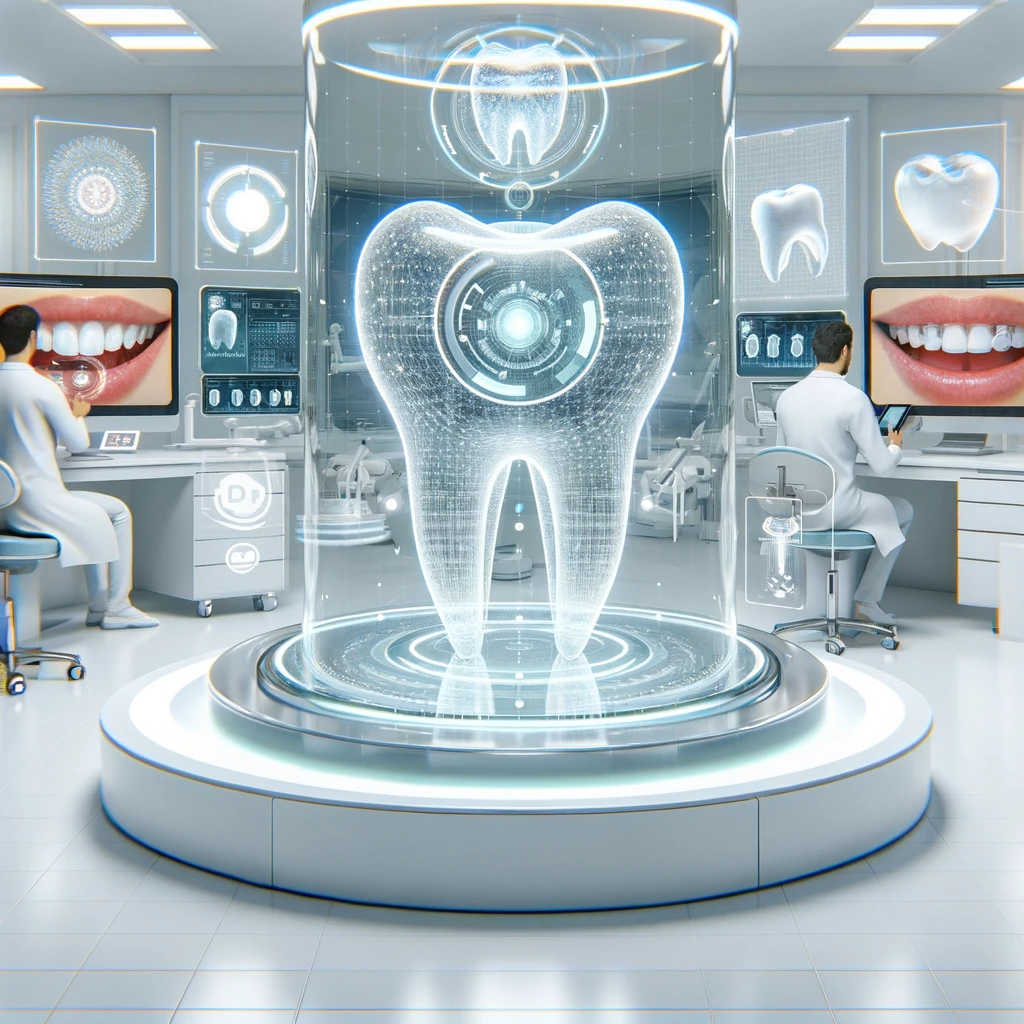Orthodontics in the Digital Age: 3D Imaging, AI, and Virtual Treatment Planning
Introduction
Orthodontics, the branch of dentistry dedicated to correcting misaligned teeth and jaws, has seen remarkable advancements in recent years, thanks to the integration of cutting-edge digital technologies. Traditional methods of orthodontic treatment, such as metal braces and manual treatment planning, are being revolutionized by the adoption of 3D imaging, artificial intelligence (AI), and virtual treatment planning. This article explores the profound impact these technologies have had on orthodontics, offering a detailed examination of their applications, benefits, and future potential.
3D Imaging in Orthodontics
- Introduction to 3D Imaging: Traditional orthodontic diagnosis and treatment planning primarily relied on two-dimensional X-rays and plaster models of patients’ teeth and jaws. However, the advent of 3D imaging technologies, such as Cone Beam Computed Tomography (CBCT) and intraoral scanners, has transformed the way orthodontists assess and plan treatments.
- Benefits of 3D Imaging:
- Precise Diagnosis: CBCT scans provide detailed, high-resolution 3D images, enabling orthodontists to assess not only the position of teeth but also bone structures and facial asymmetry with incredible accuracy.
- Reduced Radiation Exposure: CBCT scans expose patients to lower radiation doses compared to traditional medical CT scans, making it a safer alternative for routine imaging.
- Enhanced Treatment Planning: 3D images allow for more precise treatment planning and the visualization of complex tooth movements.
- Virtual Models and Treatment Simulation: Intraoral scanners create digital models of a patient’s teeth, eliminating the need for uncomfortable impressions. These digital models can be manipulated virtually, aiding in the planning of orthodontic procedures and patient education.
Artificial Intelligence (AI) in Orthodontics
- AI in Diagnosis: AI algorithms are now being employed to analyze dental images and assist orthodontists in identifying irregularities, such as malocclusions, crowding, and spacing issues, with greater efficiency and consistency.
- Treatment Planning: AI-powered software can help orthodontists devise more accurate and personalized treatment plans by considering various factors, such as tooth movement and patient preferences. This leads to more effective and comfortable treatment experiences for patients.
- Monitoring Progress: AI can also be utilized in tracking a patient’s progress throughout the treatment process. By analyzing images and data, AI can provide real-time feedback to both the orthodontist and the patient, allowing for adjustments as needed.
Virtual Treatment Planning
- Patient-Centric Approaches: Virtual treatment planning allows orthodontists to develop treatment plans tailored to each patient’s unique needs and preferences. This patient-centric approach enhances satisfaction and compliance.
- Invisalign and Clear Aligners: Virtual treatment planning is particularly influential in the rise of clear aligner therapy, like Invisalign. Orthodontists can design a series of aligners digitally, each representing a different stage of tooth movement, providing patients with a clear roadmap to their treatment progress.
- Reduced Treatment Time: By precisely mapping out the treatment process, virtual planning can often lead to reduced treatment times and fewer office visits, making orthodontic care more convenient for patients.
Future Directions and Challenges
- AI-Driven Predictive Modeling: The future of orthodontics will likely see the development of AI-driven predictive models that can anticipate treatment outcomes more accurately and efficiently, leading to better patient experiences.
- Teleorthodontics: With advancements in virtual treatment planning and AI, teleorthodontics may become more prevalent, enabling patients to receive expert orthodontic care from the comfort of their homes.
- Data Security and Privacy: As digital technologies become more integrated into orthodontic practice, ensuring patient data security and privacy will be of paramount importance.
Conclusion
Orthodontics in the digital age is experiencing a profound transformation through 3D imaging, AI, and virtual treatment planning. These technologies have enhanced the precision of diagnosis, treatment planning, and patient care, ultimately improving treatment outcomes and patient experiences. As the field continues to evolve, orthodontists need to stay updated on the latest advancements and incorporate them into their practice, ushering in a new era of orthodontic excellence.


